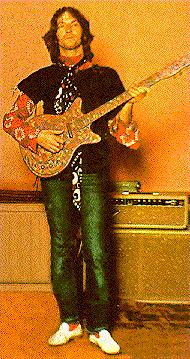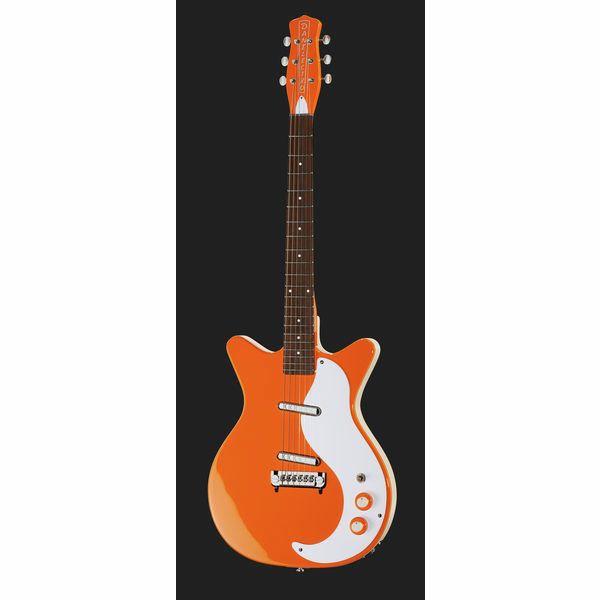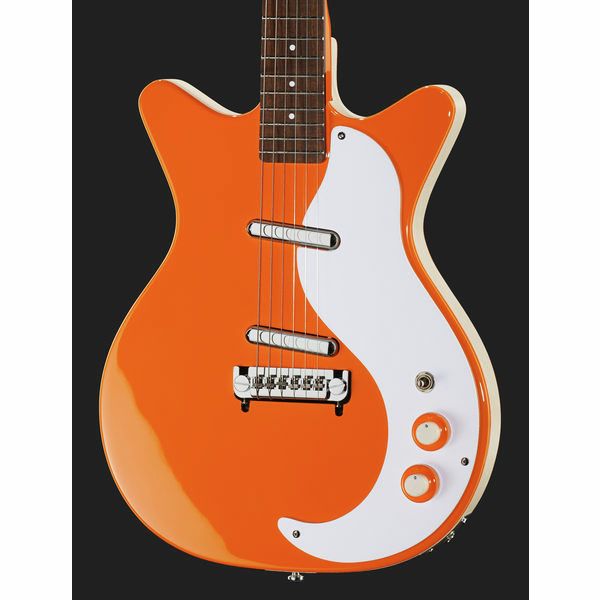

#Danelectro guitar identification serial number#
Silvertone / Danelectro 1448 Guitar + Amp Set 1962 Black from Ad seeking love, romance or fun? Just got a danelectro u2 reissue made in korea, no serial number to be found anywhere, neck pocket is clean and so is the neck heel. It is usually located on the neck pocket, but occasionally the number can be found elsewhere. It is commendable that Danelectro guitars are still being made.īut an effort needs to be made to improve shielding the electronics from noise, as were the original made in America versions, at the factory.Dating Korean Danelectro. With small adjustments of volume and tone when using both pickups, a noticeable and surprising change in tone character can be realized. Controlling the volume and tone of each pickup simultaneously allows for many tone combinations.Īs a studio musician, noting the flexibility of the DC12's pots, one can feel and hear the Dano volume and tone controls to be intuitive and easily controlled. The concentric volume/tone controls is a design way ahead of its time for guitars. If processed properly, the clear highs on this Korean issue Dano 12 string can be distilled allowing a nice jangle to the tone. The sound of the older Korean lipstick pickups on this 12 string Dano is quite good actually. The older original Silvertone Danos were shielded at the factory with heavy brass. Trying to shield these reissue Dano guitars is an effort as the hollow body construction makes it difficult to apply any shielding to where a real Faraday cage can be constructed to encapsulate the controls, for example. Nat Daniels used to demonstrate his buzz-proof single coil guitars at NAMM shows in front of a neon light display he'd set up. It appears that the shielding efforts taken on by Nat Daniels, did not make it to the drawing board on the reissues and was left out in production. Of all my guitars the DC12 reissue from Korea is the noisiest. The downside is the buzz and hum from the electronics. I have a 1999 to early 2000's made in Korea DC12 that sounds great when recorded properly.
A loudspeaker cabinet with inclined baffles that were designed to boost bass response by lengthening the sound wave path from the back to the front of the speaker. A vibrato/tremolo system that he dubbed the Vibravox and a reverb system. a hybrid vacuum tube/solid-state amplifier (1968). a capacitance pickup for classical guitar with a tube pre-amplifier built into the body etching the nylon strings and coating them with graphite made it possible to pick up the signal (1959 - but never manufactured ). a "hexaphonic" guitar, with each string having its own separate pickup, amplifier and speaker (1958 - but never manufactured). a “master-slave” amp system with 300-plus watts of distortion-free power (back in 1956).  a guitar neck-tilt adjustment system “nearly identical to the one Fender used – except that Danelectro did it a decade earlier and didn’t bother to patent it'. the use of inexpensive, yet strong and stable composite materials in both amplifier cabinets (Homasote, particle board) and guitar bodies (Masonite, Formica). guitar necks that never warped because they were reinforced with twin steel I-beams. total shielding of guitar and amplifier circuits to protect against hum from neon signs, motors or other sources of electrical interference (he introduced this at a National Association of Music Merchants – NAMM – show, with Vinnie Bell demonstrating Danelectro guitars and amps while sitting right next to a glowing neon sign the Danelectro products sounded crystal clear, while a specially assembled “Brand X” guitar, lacking the shielding, hummed noisily every time Vinnie plugged it in). a “convertible” guitar that could be bought, inexpensively, for beginning students, as an acoustic, and later, with the purchase of a pickup kit, turned into a semi-hollow-body electric. an amplifier and speaker built into a guitar carrying case (this was done for Sears, which sold the Silvertone “amp-in-case” and guitar for under $50 as a set for novice players).
a guitar neck-tilt adjustment system “nearly identical to the one Fender used – except that Danelectro did it a decade earlier and didn’t bother to patent it'. the use of inexpensive, yet strong and stable composite materials in both amplifier cabinets (Homasote, particle board) and guitar bodies (Masonite, Formica). guitar necks that never warped because they were reinforced with twin steel I-beams. total shielding of guitar and amplifier circuits to protect against hum from neon signs, motors or other sources of electrical interference (he introduced this at a National Association of Music Merchants – NAMM – show, with Vinnie Bell demonstrating Danelectro guitars and amps while sitting right next to a glowing neon sign the Danelectro products sounded crystal clear, while a specially assembled “Brand X” guitar, lacking the shielding, hummed noisily every time Vinnie plugged it in). a “convertible” guitar that could be bought, inexpensively, for beginning students, as an acoustic, and later, with the purchase of a pickup kit, turned into a semi-hollow-body electric. an amplifier and speaker built into a guitar carrying case (this was done for Sears, which sold the Silvertone “amp-in-case” and guitar for under $50 as a set for novice players).  a 31-fret “Guitarlin” (1958) with a deeply cut-away “longhorn” body that enabled a guitarist to play an extra 10 frets into the mandolin range. the first 12-string electric guitar (1961 – the “Bellzouki,” developed in collaboration with Vinnie Bell and inspired by Greek bouzoukimusic from the film classic “Never on Sunday”). the first six-string electric bass (1956). Daniels inventions is from a tribute by his son, Howard Daniel:
a 31-fret “Guitarlin” (1958) with a deeply cut-away “longhorn” body that enabled a guitarist to play an extra 10 frets into the mandolin range. the first 12-string electric guitar (1961 – the “Bellzouki,” developed in collaboration with Vinnie Bell and inspired by Greek bouzoukimusic from the film classic “Never on Sunday”). the first six-string electric bass (1956). Daniels inventions is from a tribute by his son, Howard Daniel:







 0 kommentar(er)
0 kommentar(er)
